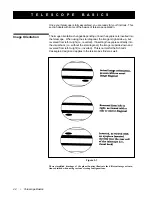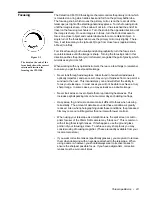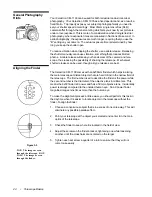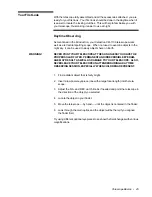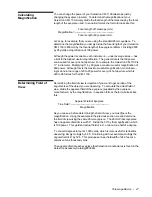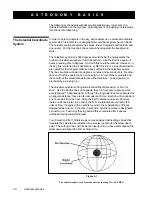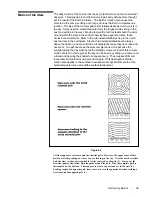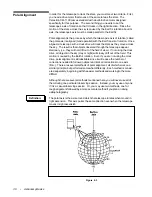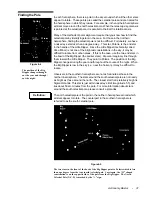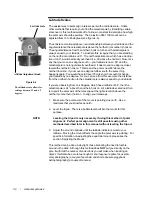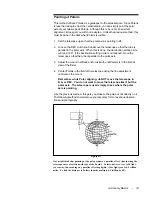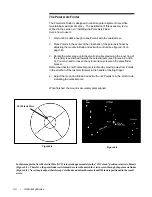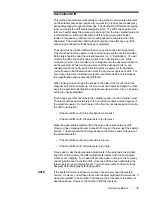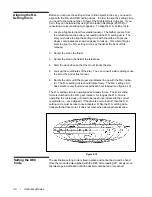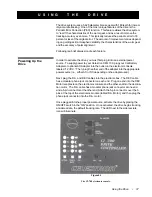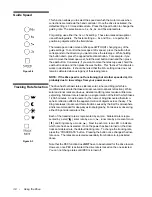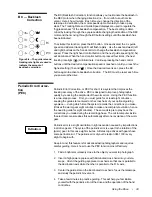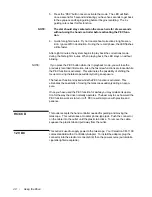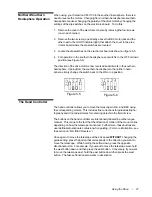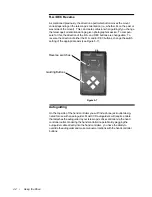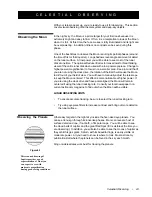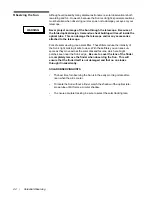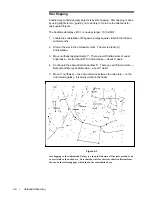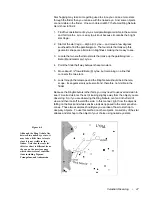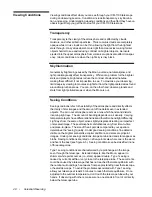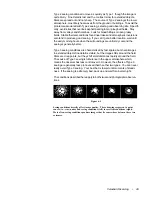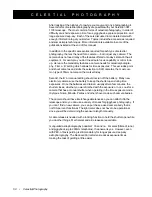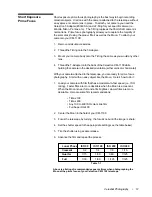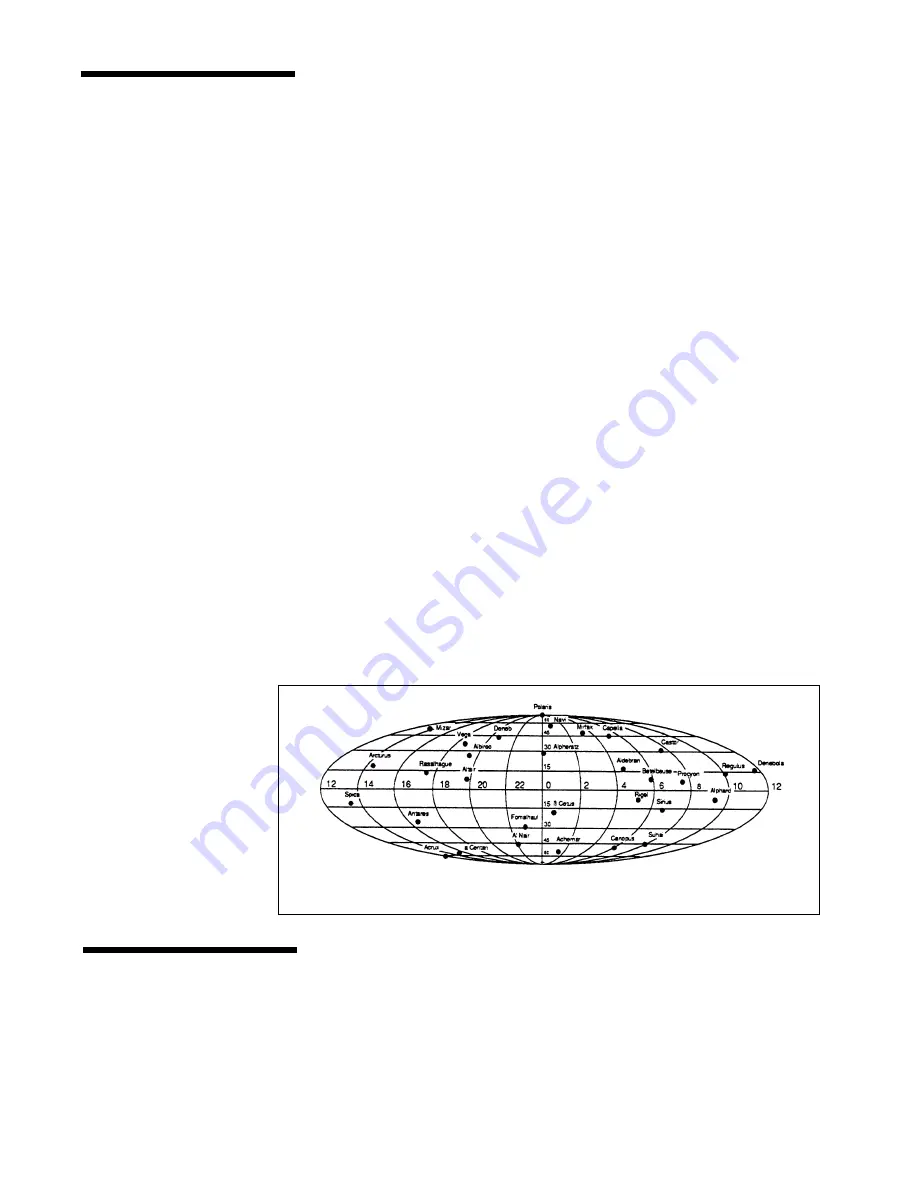
36 • Astronomy Basics
Before you can use the setting circles to find objects in the sky, you need to
align both the R.A. and DEC setting circles. In order to align the setting circle,
you need to know the names of a few of the brightest stars in the sky. If you
don’t, they can be learned by using the Celestron Sky Maps (#93722) or
consulting a current astronomy magazine. To align the R.A. setting circle:
1.
Locate a bright star near the celestial equator. The farther you are from
the celestial pole, the better your reading of the R.A. setting circle. The
star you choose to align the setting circle with should be a bright one
whose coordinates are known and easy to look up. (For a list of bright
stars to align the R.A. setting circle, see the list at the back of this
manual.)
2.
Center the star in the finder.
3.
Center the star in the field of the telescope.
4.
Start the clock drive so that the mount tracks the star.
5.
Look up the coordinates of the star. You can consult a star catalog or use
the list at the end of this manual.
6.
Rotate the circle until the proper coordinates line up with the R.A. indica-
tor. The R.A. setting circle should rotate freely. The R.A. setting circle
has a marker every four minutes with each hour labeled (see figure 4-10).
The R.A. setting circle is now aligned and ready to use. The R.A. setting
circle is clutched to the R.A. gear rotation. As long as the R.A. drive is
operating, the circle does not need to be reset once indexed to the correct
coordinate (i.e., once aligned). If the drive is ever turned off, then the R.A.
setting circle must be reset once activated. While the R.A. setting circle
tracks with the drive motor, it does not move when slewing the telescope.
Aligning the R.A.
Setting Circle
Figure 4-10
Setting the DEC
Circle
The declination setting circle is fixed in place and cannot be moved be hand.
Once the mount is polar aligned with the DEC circle reading 90°, simply move
the telescope in declination until the desired coordinance are reached.

